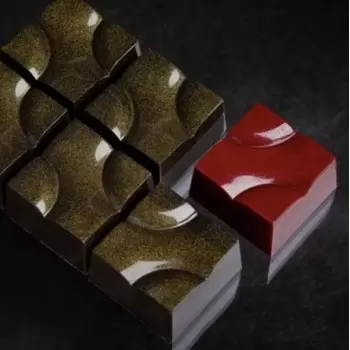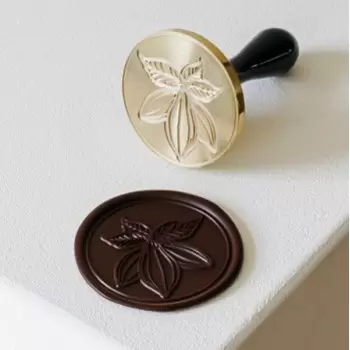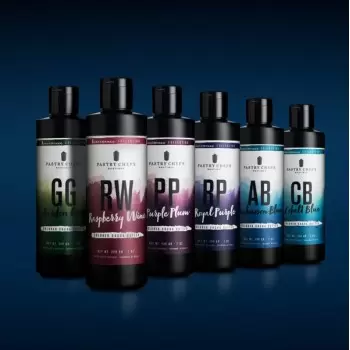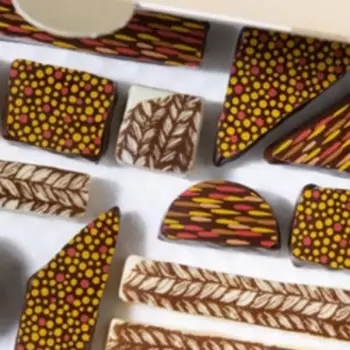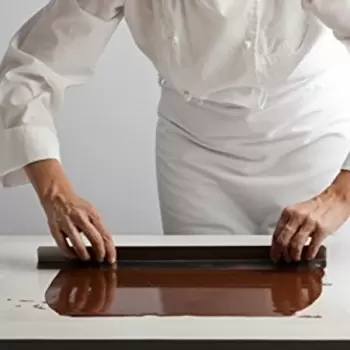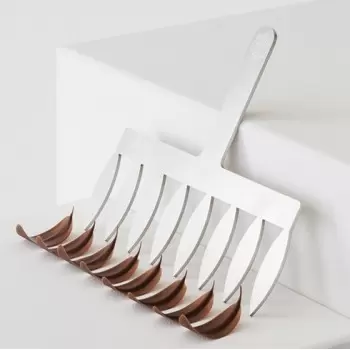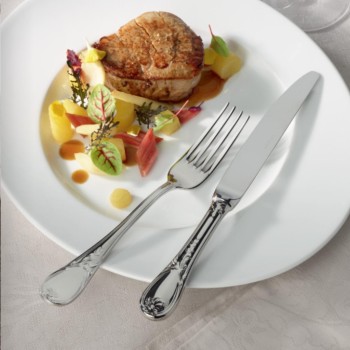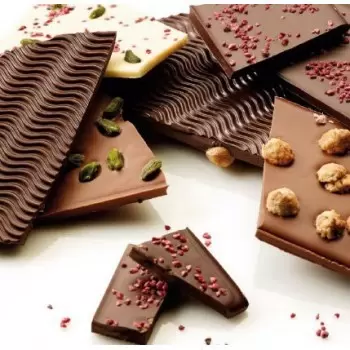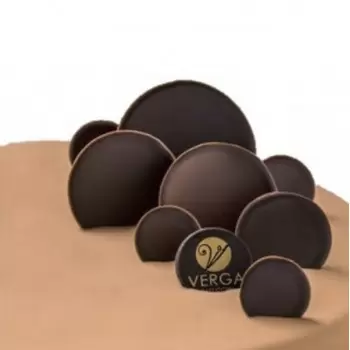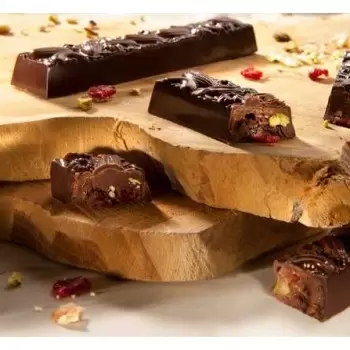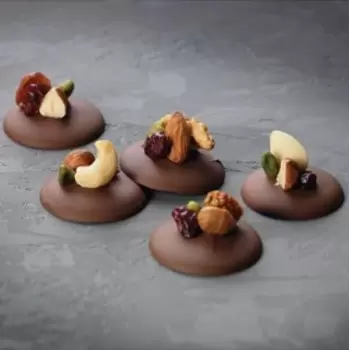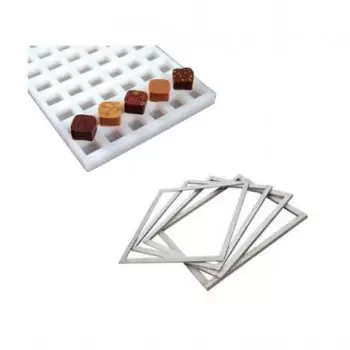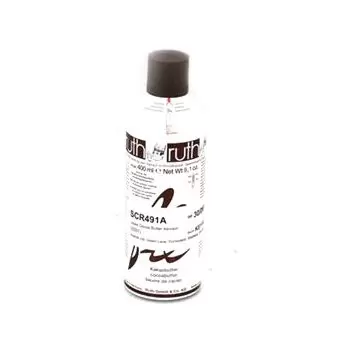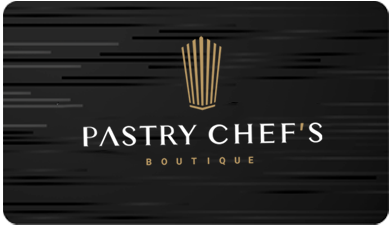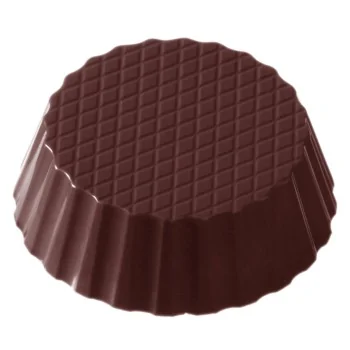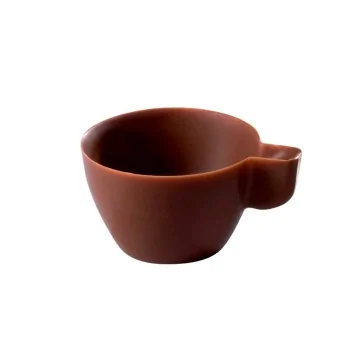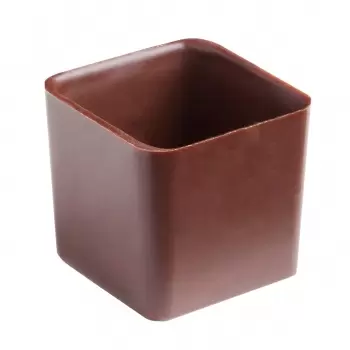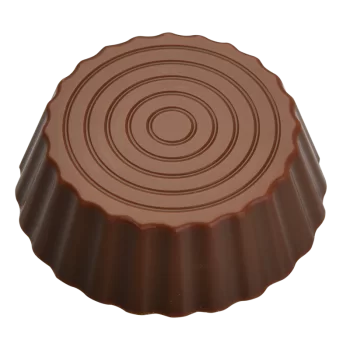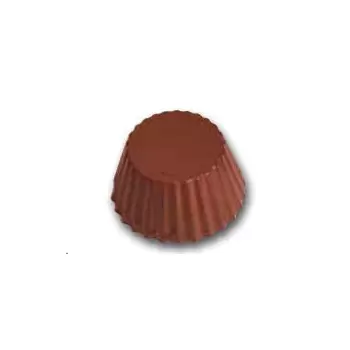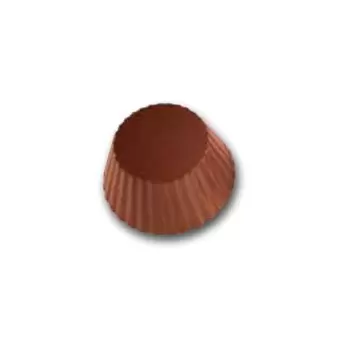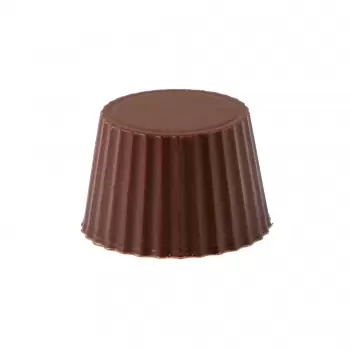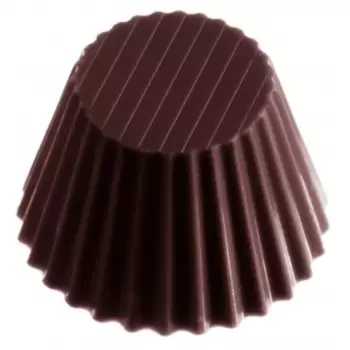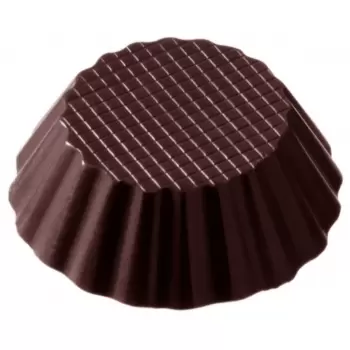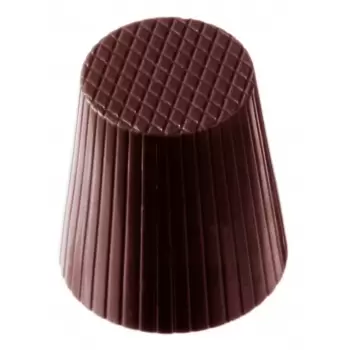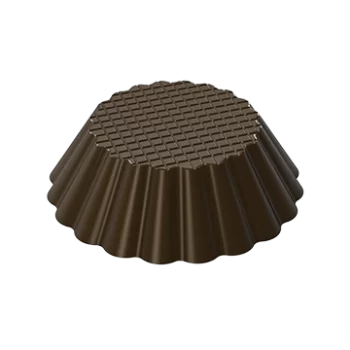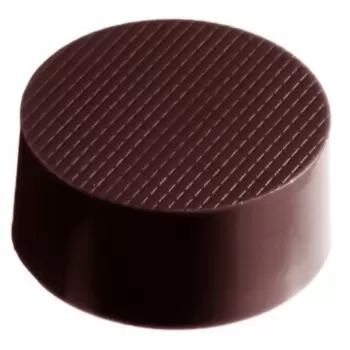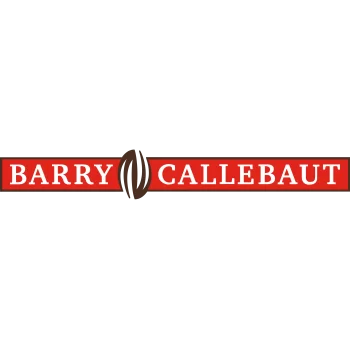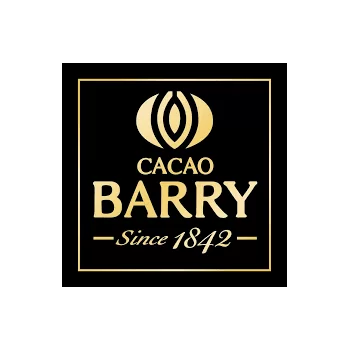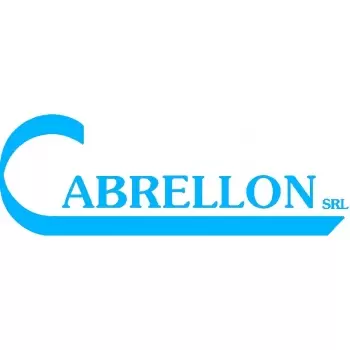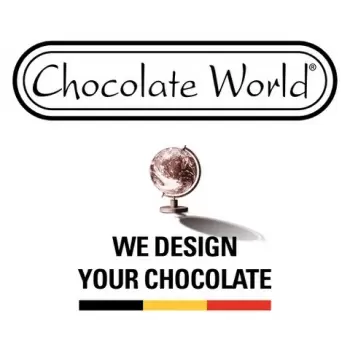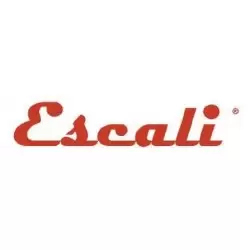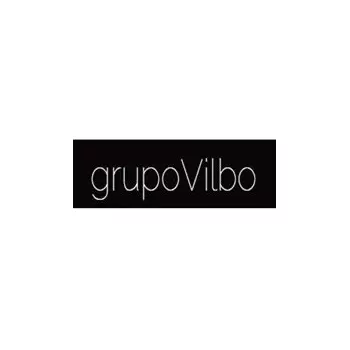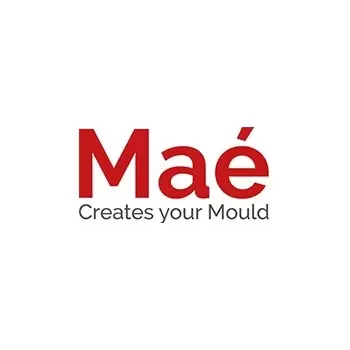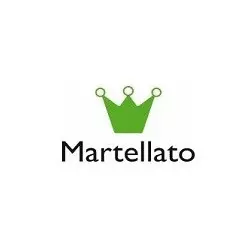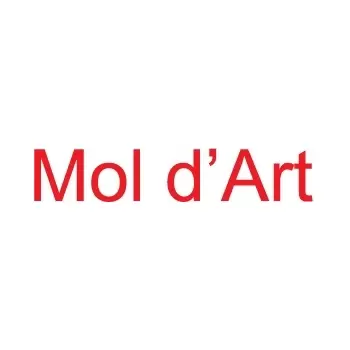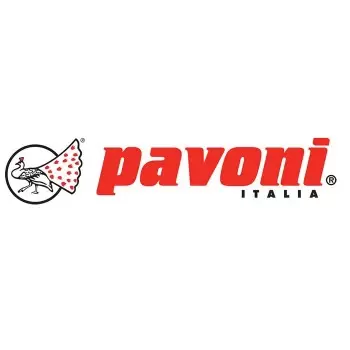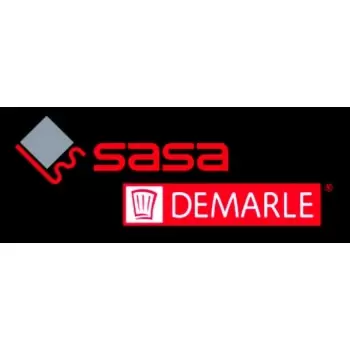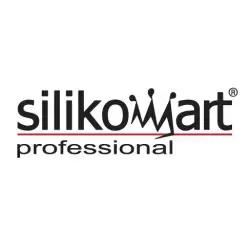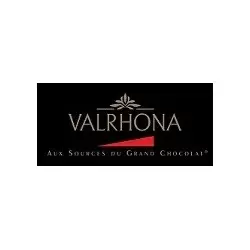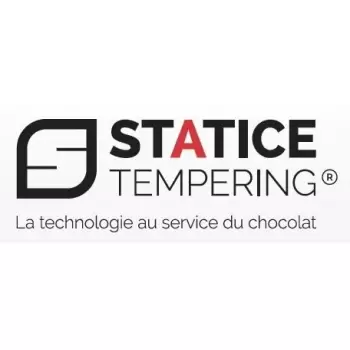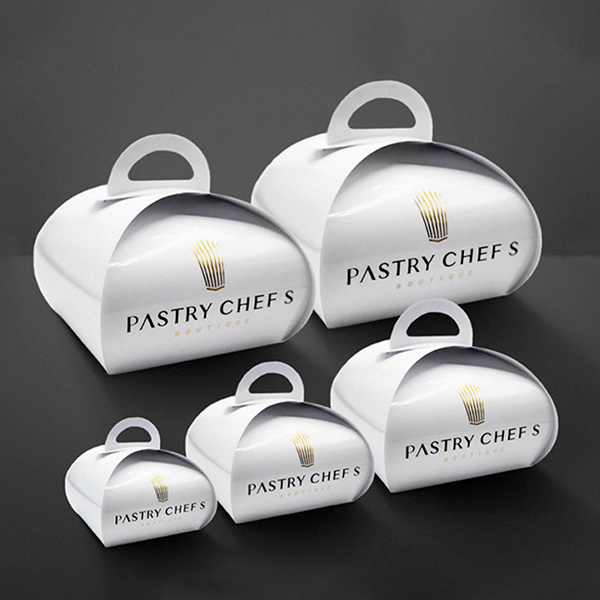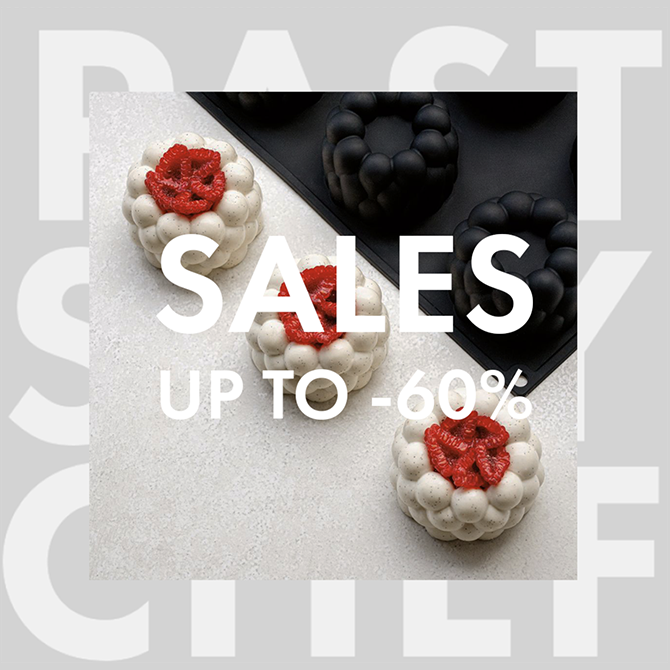 CHOCOLATE Universe
CHOCOLATE Universe
We carry a substantial selection of professional chocolate equipment, products, and accessories ranging from molds, coloring, wrapping, spray guns and chablon mats, to ganache frames, transfer sheets, tempering machines, showpiece casting molds, guitar and texture sheets, and much more.
Chocolate cup molds: expert techniques & tips for professional chefs
Crafting exquisite chocolate cups with silicone molds transcends basic culinary practice; it is a blend of artistry and scientific precision that demands the utmost skill and attention to detail. This article is meticulously curated for professional chefs aiming to refine their expertise and elevate their dessert repertoire with superior chocolate dessert cup molds. Highlighting esteemed brands such as Martellato, Chocolate World, Cabrellon, Hans Brunner, and Matfer Bourgeat, we explore the critical nuances of selecting and utilizing chocolate cup molds to transform your dessert presentations into masterpieces of culinary art.
Professional Polycarbonate Chocolate Mold - Round Spiral Cups - 51x51x16mm - 30 gr - 8 cavities - 275 x 135 x 24 mm
Polycarbonate Traditional Wavy Edged Chocolate Cup Mold - 38 mm x 19 mm - 4 x 6 cavity - 16 gr
Polycarbonate Large Wavy Edged Chocolate Cup Mold - 65 mm x 30 mm - 8 cavity - 85 gr
Polycarbonate Ridged Chocolate Cup Praline Mold - 30 x 19 mm - 12 gr - 28 cavity
Polycarbonate Classic Candy Peanut Cup Mold Chocolate Mold - 30 x 30 x 20 mm - 11gr - 3x8 Cavity - 275x135x24mm
Polycarbonate Traditional Fluted Mini Tartlet Chocolate Cup Mold - 44 x 44 x 13 mm - 18 cavity - 19gr
Polycarbonate Chocolate Liqueur Cup Mold - 29 x 29 x 32 mm - 5 x 7 cavity - 20gr
Polycarbonate Mini Petit Four Straight Edge Chocolate Shell Cup Mold - 38 x 38 x 17 mm - 26gr - 4 x 6 cavity
Unveiling the essence of chocolate cup molds
In the realm of professional gastronomy, chocolate cup molds stand as pivotal instruments, empowering chefs to forge stunning chocolate vessels perfect for encapsulating mousses, fruits, or various sumptuous fillings. The evolution of culinary equipment has led esteemed brands to present a diverse selection of chocolate cup molds, meticulously engineered to fulfill the rigorous demands of professional culinary environments. These molds transcend mere form; they are conduits for culinary creativity, enhancing the overall sensory experience of the gourmet delights they encase. The selection of superior chocolate dessert cup molds serves as the cornerstone for achieving culinary excellence in chocolate cup crafting. These meticulously designed molds not only promise durability but also cater to the sophisticated aesthetic and functional demands of the professional chef, ensuring that each chocolate cup stands as a testament to culinary artistry. Embarking on the journey of crafting chocolate cups begins with assembling the artisan's toolkit. Essential instruments such as a candy thermometer, spoons, spatulas, and pastry bags or squeeze bottles lay the groundwork. For the delicate process of tempering chocolate, the precision of a marble slab or the gentle heat of a double boiler becomes indispensable, setting the stage for achieving the lustrous finish that distinguishes professionally crafted chocolate cups.
A Detailed Crafting Process
Chocolate Tempering
Tempering chocolate is a crucial technique in chocolate making to ensure a smooth texture, glossy appearance, and proper snap once it sets. To temper chocolate, start by finely chopping high-quality chocolate into small, uniform pieces. Next, melt about two-thirds of the chocolate gently over a double boiler, stirring continuously until it reaches a temperature of around 115°F for dark chocolate or 110°F for milk or white chocolate. Then, remove it from the heat and add the remaining one-third of finely chopped chocolate, stirring until it melts and cools the mixture to about 82°F for dark chocolate or 80°F for milk or white chocolate. Finally, reheat the chocolate gently, stirring constantly, to bring it to its working temperature of approximately 88°F for dark chocolate or 86°F for milk or white chocolate. This process ensures that the cocoa butter crystals in the chocolate are properly aligned, resulting in a shiny, smooth finish and a satisfying snap when the chocolate sets. Properly tempered chocolate is essential for producing professional-quality chocolate confections and desserts.
Molding chocolate creation with finesse
Employ a paintbrush or a delicate spoon to coat the interior landscape of your silicone mold with chocolate. A watchful eye ensures the coating achieves the perfect thickness, guarding against the fragility that might damage the demolding process.
The culmination
A brief rest in the freezer for about 10 minutes sets the stage for the grand reveal. The chocolate cups subtly retract from the mold’s edges, conveying that they are ready to demould. Esteemed brands like Chocolate World, Hans Brunner and Cabrellon stand as paragons of mold manufacturing, offering chefs tools that promise even thickness and impeccable outcomes. Their commitment to precision supports chefs in smoothing the path to chocolate cup perfection. In the hands of a skilled chocolatier, these steps and tools transform raw ingredients into culinary treasures. The journey from cacao bean to chocolate cup is not just a process but an expression of culinary artistry, made possible by the right tools, techniques, and a touch of professional magic.
Navigating challenges in chocolate cup mold creation
In the sophisticated realm of professional chocolate making, even the most adept chocolatiers equipped with premium tools may encounter hurdles in crafting impeccable chocolate cups. The journey to mastery is paved with challenges, yet understanding how to navigate these obstacles can elevate your creations from excellent to exquisite. Here are refined strategies for troubleshooting common issues in the art of chocolate cup mold creation.
Achieving chocolate cup mold uniform coats
Should you discover the initial chocolate layer is experiencing unevenness, a meticulous application of a second coat, once the first is between setting and solidity, can ensure uniformity and strength.
Banishing bubbles
After the chocolate cascade fills the mold, a soft tap against the countertop will coax hidden air pockets to rise to the surface and release, ensuring a smooth finish devoid of bubbles.
Preventing breakage upon demolding your chocolate creation
A frequent dilemma emerges when the chocolate's outer layer is too tender, risking breakage upon demolding. Cultivate a layer that is robust in thickness, with keen attention to the mold's base and edges which will promote resilience in your chocolate cups.
Ensuring the gloss of perfection
The lustrous sheen that signifies a chocolate cup's allure is born from the meticulous tempering of chocolate. Utilize a candy thermometer to navigate the precise thermal journey, ensuring your chocolate attains and retains the ideal temperature for gloss and structure. By arming oneself with these strategies, the professional chocolatier transforms potential pitfalls into stepping stones towards unparalleled artistry in chocolate cup creation. Each challenge addressed not only enhances the aesthetic and structural integrity of the chocolate cups but also deepens the artisan's connection to the craft, marking a journey not just of creation but of continuous learning and passion. The journey to chocolate cup mastery is one of deliberate practice, patience, and precision. Adhering to these expert guidelines and embracing the art of troubleshooting will empower chefs to create chocolate experiences that transcend mere taste, offering visually resplendent treats that elevate the dining narrative. Through dedication to this craft, chefs can assure that their chocolate innovations captivate the senses, leaving a lasting impression on the palate and in the memory of their discerning clientele.
